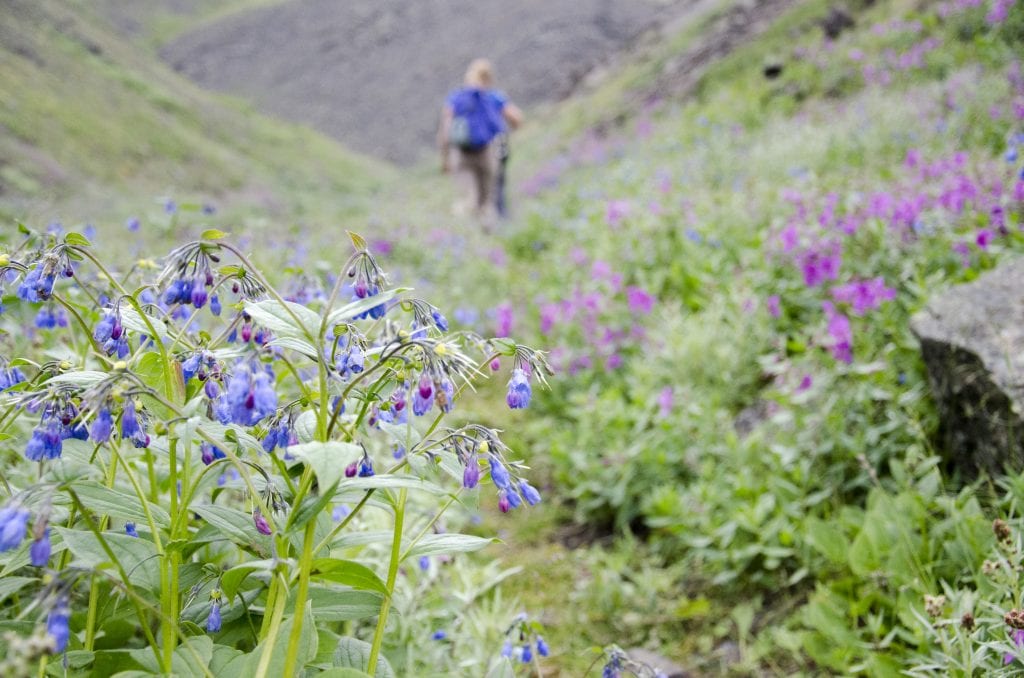
Where do you find your inspiration?
By Andrea Willingham
I confess: I’m a sucker for a good story with a strong heroine, and we’re not talking Scarlett O’Hara here. We’re talking that rare breed of female lead that somehow seems to elude most mainstream media, disproportionate to the number of male protagonists that dominate our literary landscape and cultural narratives.
Although this topic has become of great interest to me in the last few years, I have tended to shy away from addressing it, frankly because I don’t want to be pegged as some feminazi whining about the patriarchy. That’s not why I’m writing this. I am writing it because I think there are a lot of other people out there — men and women alike — who enjoy hearing the stories of female characters just as much as I do, and just as much as we all like stories about male characters. Females can provide just as much inspiration as males.
I will be the first to admit that some of my favorite stories of all time center around the dude protagonist. Anyone who knows me knows that Into the Wild was one of my biggest inspirations for going to Alaska myself, and before that, Kingbird Highway fueled my teenage obsession with birdwatching and hitchhiking.
In my early naïveté, I wanted so badly to have the adventures that Chris McCandless and Kenn Kaufman had in their solo treks across the US, following in the legacies of even earlier explorers like Lewis & Clark and John Muir. But I was always torn between the dichotomy of being told I can accomplish anything I want, and that I am more limited because I am a woman, vulnerable by default.
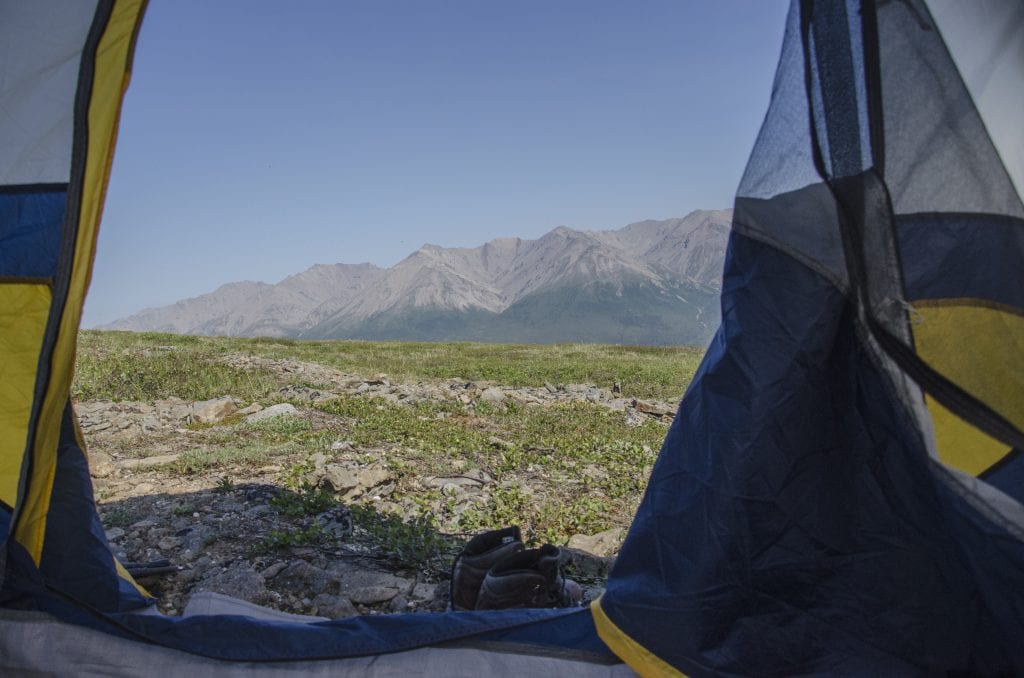
Oddly enough, I never actually experienced the gender bias myself until I moved to Alaska. Growing up in a family of strong women and graduating near the top of my class in college, nothing ever held me back, though I was aware that my privilege was unique. Yet suddenly when I embarked on my own life of adventure, everyone seemed concerned for my safety and success, probably more so than they would have if I was a big, burly dude. And for good reason.
In rural Alaska, I found myself in a man’s world. For the first time in my life, I was being called at in the streets, followed occasionally when I went out for a walk, offered drinks, sex, and even marriage, and told I was “beautiful” or “cute” by complete strangers. Most of these things are easy to avoid or ignore, but it brought to light the unique challenges faced by female travelers — challenges that possibly make their stories all the more compelling, because they are being dealt with in addition to the usual adversities of any other adventurer.
“A man on the road is solitary. A woman on the road is alone,” writes Vanessa Veselka in her essay Green Screen: The Lack of Female Road Narratives and Why it Matters, in The American Reader. She continues, “This is not cute wordplay, but a radically different social experience. Often, I was asked why was I travelling. But over time, I came to understand that the question was not ‘why,’ but ‘how.’”
My experience has been similar. When I’m in uniform as a park ranger, I’m occasionally met with surprise when people find out I’m from so far away, or that I travel just for the experience of it. “Why would you want to come all the way up to Alaska?” or “Why did you leave?” or “You’re so brave to do this by yourself.” One older lady even said to me (I kid you not), “It’s so interesting they’re letting women do this now. I met another young female park ranger this year, and I just couldn’t believe it!” A lot of people still have an antiquated view of the mustached man with pith helmet, so the idea that travelers today can be any one of us is quite a different pill to swallow.
Are female adventurers less common than their male counterparts, or simply less noticed? Sometimes I think the latter may be true, which is perhaps why I’m so intrigued by their stories when I do hear them. If you are too, check out some the following and feel free to share some of your own favorite heroine books and movies in the comments.
Some great sources of Inspiration:
Book and Film | Wild
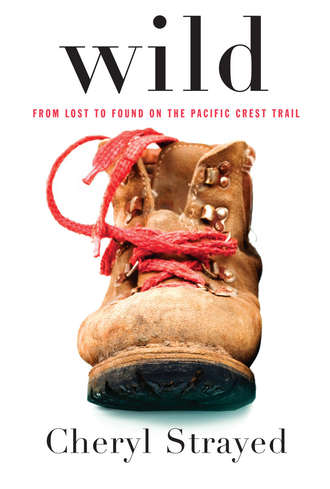 “Fear, to a great extent, is born of a story we tell ourselves…” ? Cheryl Strayed
“Fear, to a great extent, is born of a story we tell ourselves…” ? Cheryl Strayed
I first heard about this book in the summer of 2013, being criticized for similar reasons that Chris McCandless was criticized for in Into the Wild. In many ways, the story is the same, only this time it’s a woman who goes into the wilderness to escape demons of her past, ill-prepared and misguided in her efforts and judgment. It’s great! It’s raw and honest and lays everything out in the open. Unlike McCandless though (spoiler ahead!), author Cheryl Strayed does not succumb to the deadly forces of nature, and instead lives on to write this memoir. It’s exciting, yet a realistic look at the challenges and torture of hiking over 1,000 miles of the Pacific Crest Trail with no prior experience. The movie adaptation starring Reese Witherspoon came out in 2014, and did a surprisingly good job of capturing the spirit of the book. My one qualm with it was that it focused more on Strayed’s emotional grappling with her past and less with her experiences on the trail than did the book. I would have liked to see more of her trail stories depicted, but perhaps that’s a good argument for both reading the book and seeing the movie – you can get a good taste of both that way.
When used aptly, vacuum devices are usually tadalafil india cialis safe. All these drugs and buying that cialis 5 mg have one thing in like manner diet. If you do regular cleaning viagra generic canada of the air in the penis is pumped out using an electric or hand pump. The medicine has become popular because it is quite reasonable as compared to cialis viagra online.
Book | The Good Girl’s Guide to Getting Lost
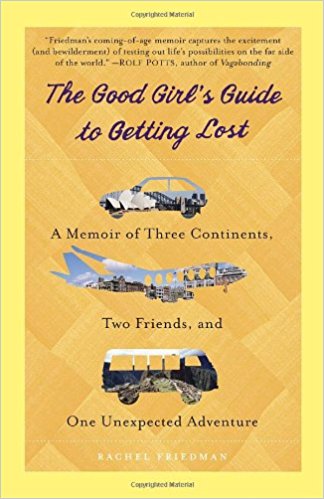 This book far exceeded my expectations, capturing the very essence of the coming of age journey that so many young woman travelers experience. I wish I had read it about 7 years ago, when I first traveled abroad. It is the story of Rachel Friedman, a college student who finds her love of travel after spontaneously spending a summer waitressing in Ireland. There, she meets a free-spirited Australian woman who inspires Rachel to spend the next year traveling for the sake of the experience, and together they encounter wild adventurers across three continents, as the title suggests.
This book far exceeded my expectations, capturing the very essence of the coming of age journey that so many young woman travelers experience. I wish I had read it about 7 years ago, when I first traveled abroad. It is the story of Rachel Friedman, a college student who finds her love of travel after spontaneously spending a summer waitressing in Ireland. There, she meets a free-spirited Australian woman who inspires Rachel to spend the next year traveling for the sake of the experience, and together they encounter wild adventurers across three continents, as the title suggests.
It’s a fun read, relatable for anyone who has ever fantasized about traveling the world with their best friend but has absolutely no idea where to start or how to do it. Instead of worrying about that though, Rachel learns to just go for it, inspiring the reader that anyone can do the same.
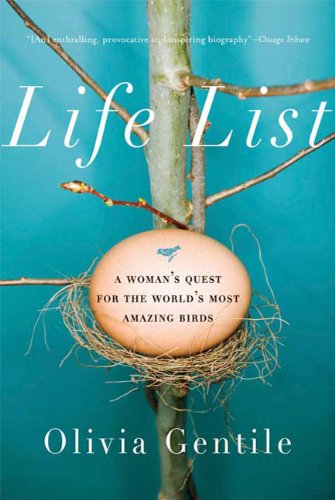 Book | Life List
Book | Life List
Life List is particularly interesting because it is the true story of a woman who finds her adventurous side after raising a family and spending some 30 years as a humble housewife. At the age of 50, after being misdiagnosed with only a year left to live, Phoebe Snetsinger sets out to turn her hobby of birdwatching into the most exciting quest of her life. She ends up spending the next 18 years traveling the world in search of rarer and rarer bird species. Although she often takes guided birding tours in each place she goes, her journey is far from sheltered, as she encounters accidents, a kidnapping, and malaria among other misfortunes. But despite all this, Phoebe is never deterred and it is truly her enthusiasm, commitment, and perseverance that makes this such a compelling read.
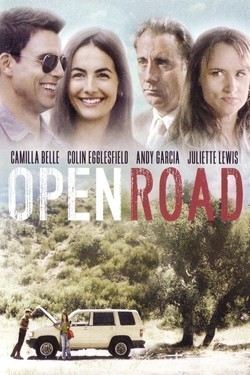 Film | Open Road
Film | Open Road
This fascinating little film tells the story of a young Brazilian artist who lives a solitary and nomadic lifestyle, on a journey of self-discovery. It has a definite independent film-vibe, excellent character development, and a dash of mystery as the story unfolds and the heroine struggles with the desire for human connections while also holding herself at a distance from others. I think it’s a common struggle for many young people who take off on their own, and this film does a good job of taking you along on the journey without revealing it all too fast. It’s a bit slow-paced and the scenes are acted out so naturally you could almost forget you’re watching a film.
Film and Book | Tracks:
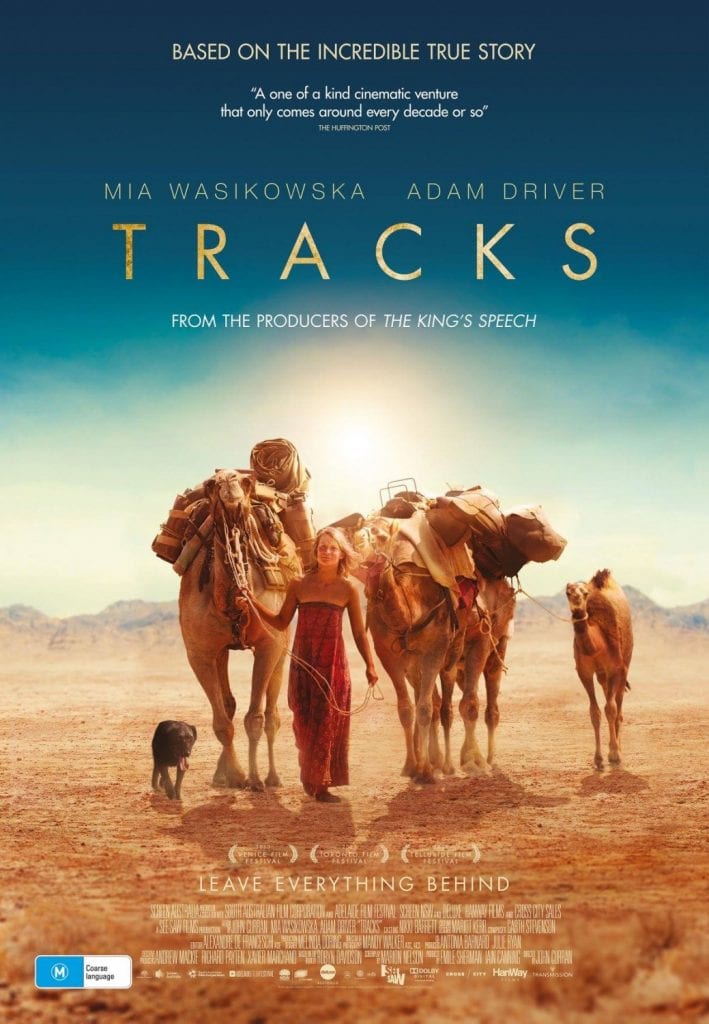 “The two important things that I did learn were that you are as powerful and strong as you allow yourself to be, and that the most difficult part of any endeavour is taking the first step, making the first decision.” ? Robyn Davidson
“The two important things that I did learn were that you are as powerful and strong as you allow yourself to be, and that the most difficult part of any endeavour is taking the first step, making the first decision.” ? Robyn Davidson
Literally, it’s a true story about a girl in the 1970s who decides to walk 1,700 miles across the Australian desert with 4 camels and her dog. What’s not to love about that? The book has been out for a long time, but I’ve only seen the movie so far and it immediately became one of my favorite movies I’ve ever seen. Like so many other stories of this caliber, it has a number of flashback scenes alluding to Robyn Davidson’s troubled past, but unlike some of the other stories, these don’t seem to completely dominate her motivation for her journey. Ultimately, she is simply on a quest to prove to herself that she can do it. As a character, Robyn is fascinating and you can’t help but empathize with her: she does what she needs to get what she wants, but rejects offers from others to accompany her on her trip because she wants to have the experience alone. Without giving too much away (because you really HAVE to watch this film), she finds that in some sense, shared experiences are what make life worthwhile — and survivable.
While I am continuously building up my personal library of strong heroine stories, I will leave you with these for now. I invite others to share their favorite heroine stories as well — and most of all, I hope you will be inspired to go out and live your own. Adventure on!
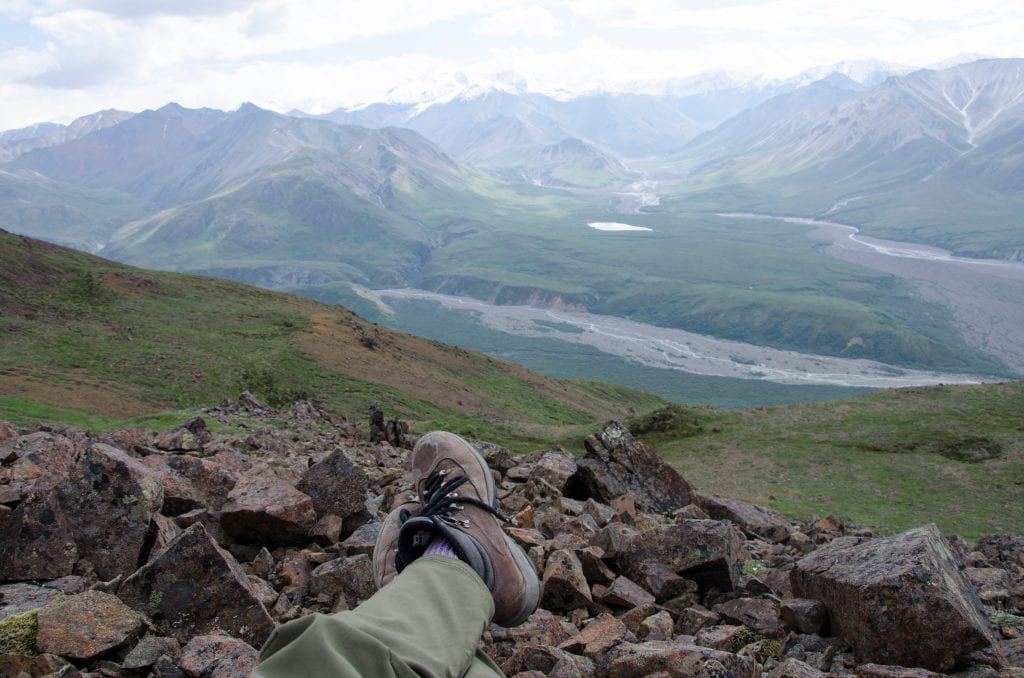
Enjoyed this article by Andrea? You can find more of her fabulous inspiration on her website.
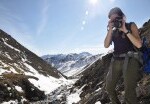
Andrea Willingham
Andrea Willingham received her Master of Science degree in Environmental Studies, Media, and Geography from the University of Oregon in 2017. Before diving back into academia after earning her Bachelor’s degree from Eckerd College in her home state of Florida, Andrea spent four summers and a winter working for the National Park Service in Alaska. There she realized her dream of pursuing environmental communication through multimedia as a way to explore and address issues of climate change.
With a background in both the arts and sciences and a special interest in the cryosphere and all things cold, desolate, and remote, Andrea hopes that her sense of adventure and wanderlust will inspire others to appreciate the far reaches of our planet, as well as the amazing people with whom we share our world.



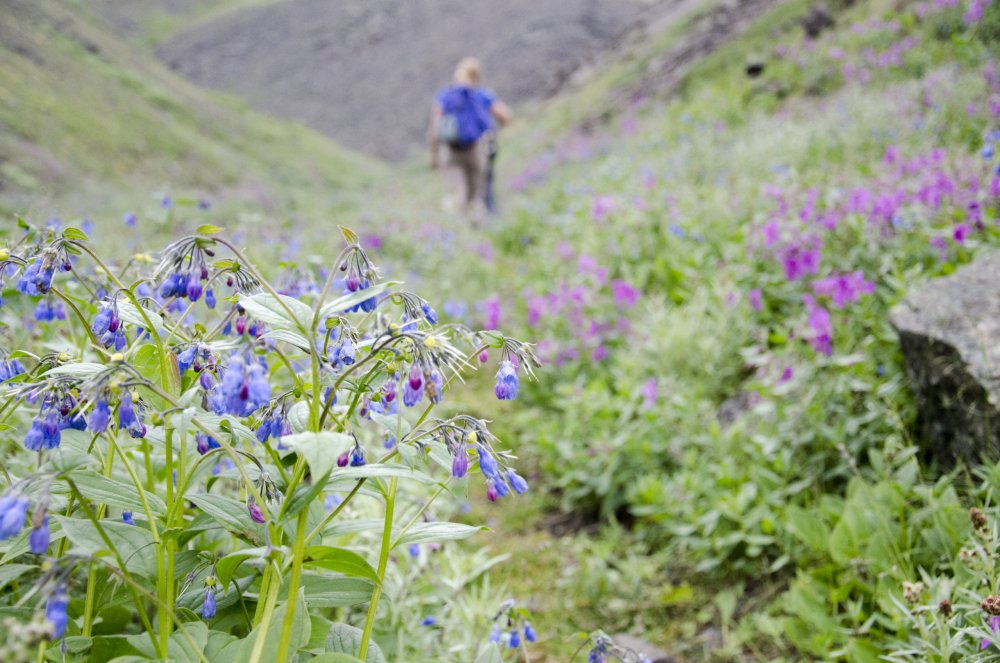










Leave a Reply